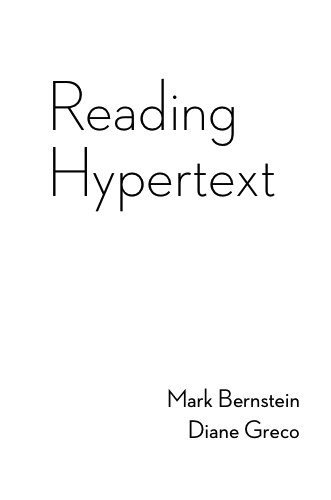Dialogue

Clint Hocking explores why interactive dialogue is so bad: it’s because we’re holding it to the standards of film.
Functionally, film dialogue must never say anything that is visually apparent. This is what the cinematic axiom ‘show don’t tell’ means. But game dialogue is different. Game dialogue is a form of feedback, and as feedback, its very purpose is to clearly indicate that a game state has changed. In the case of the guard, his line of dialogue is a clear indicator that he has detected a sound, but has not visually acquired the player and that he is about to begin a dangerous search behaviour. No reaction shot required.
So, really, when we say game dialogue is terrible what we’re really saying is that it simply does not sound the way our cultural expectations tell us it should sound. In a sense, it is like saying radio writing is bad writing. Of course radio writing is bad writing… for film.
The funny thing is that I’ve never actually thought that game dialogue was bad (poor translations notwithstanding). Of course, it’s repetitive; that repetition is a signal to the player that she got all of the information that character could offer. Most players will repeatedly speak to the same character until they get to the repetitive part.
Works that experiment with forms of dialogue, like Facade, Alabaster, or Prom Week, are fascinating, but we need to understand the aesthetics we’re striving for—and departing from—in order to get the most out of them.
